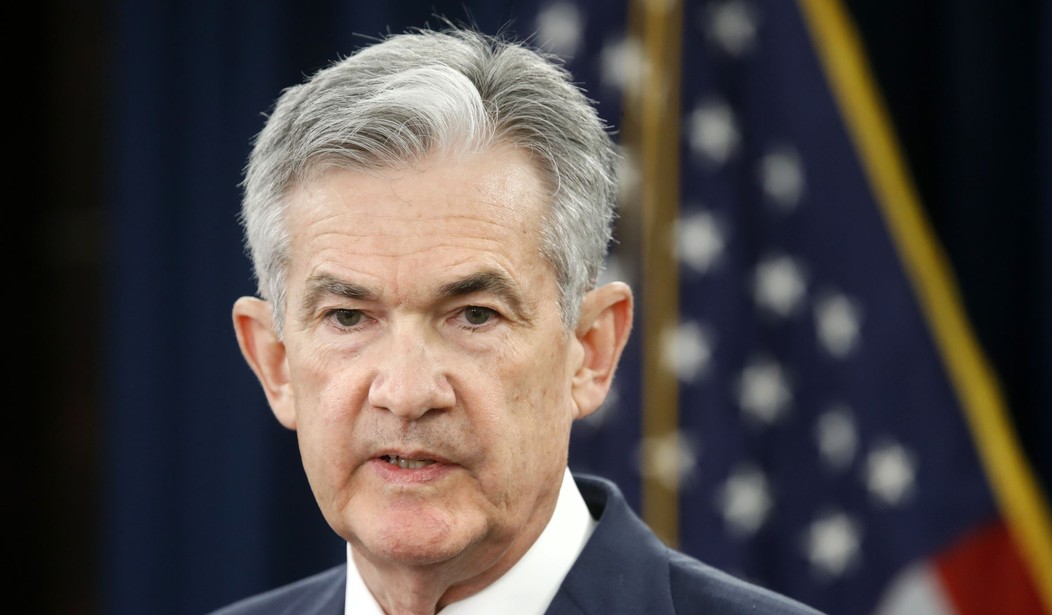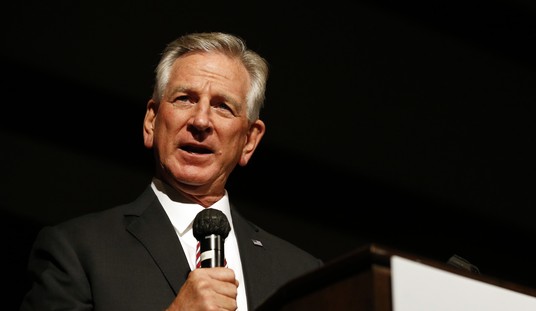The supply chains are back to normal. The U.S. employment picture is rosy. But inflation is still a three-headed monster that shows few signs that it will moderate significantly anytime soon.
The price index rose 6.4% year-to-year in January. That’s down slightly from the 6.5% year-to-year drop in December. But the 0.4% spike in prices in January compared to December was more worrisome.
We’re not out of the woods yet. And any rational person would say that 6.4% inflation is not acceptable.
“There has been an expectation that it will go away quickly and painlessly — and I don’t think that’s at all guaranteed,” Jerome H. Powell, the Fed chair, said at an event last week. Powell is the economy’s number-one cheerleader, and for him to say that beating down inflation will not be painless or quick will probably splash some cold water on the stock market rally underway.
Much of the inflation slowdown in recent months has come from a moderation in price increases for goods and commodities. After stripping those out, services inflation — which includes health care, restaurant meals, pedicures and other non-goods purchases — has remained unusually rapid and has shown little sign of slowing down.
Officials at the Fed have been closely watching to see whether those service price increases can decelerate, betting that it will probably be necessary to drive them lower in order to return inflation to the 2 percent that they aim for on average and over time. Central bankers define their inflation goal using a related but more delayed inflation measure.
Policymakers are worried that it could be challenging to wrestle inflation back to normal at a moment when the labor market is so strong, in part because companies may charge more as they pay more to compete for a limited pool of workers. Wages are a major cost of doing business for many service providers.
Powell and the Fed governors may be forced to conclude that trying to keep the economy from falling into a recession by jacking up interest rates at a slower pace isn’t going to work. If there’s going to be pain, better if it is short and steep rather than long and shallow.
“The base case for me is that it will take some time, and we’ll have to do more rate increases, and then we’ll have to look around and see whether we’ve done enough,” Powell said last week.
The Fed had been jacking up interest rates from near zero to 4.5% in less than a year. The central bank had been raising rates half a percentage at a time. But in February, it raised the rate by a quarter of a percent.
Now with this new data, it’s likely that when the Board meets in March, it will resume the half-a-percentage-point rise in rates. The target rate is 5.5%, but given the stubbornness of price rises, that rate is not likely to hold.










Join the conversation as a VIP Member